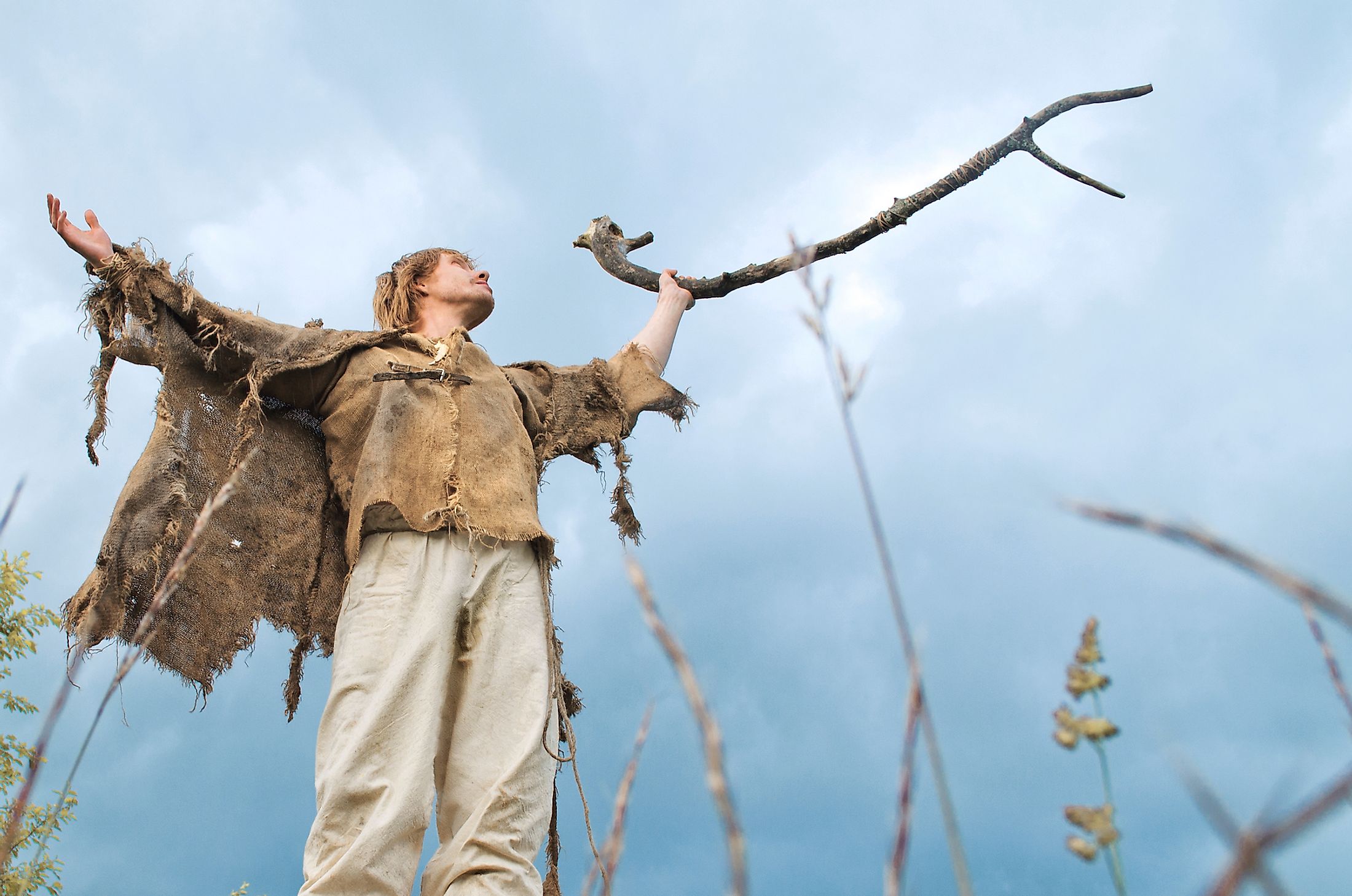
Who Were The Druids?
A druid was a member of the Celtic culture of a high rank or high class. Druids had a variety of high-class jobs, such as judges, teachers, or priests. The term druid is thought to be derived from the Irish-Gaelic word 'doire', which means oak-tree and is traditionally used as a symbol of knowledge and wisdom. Druids were traditionally associated with the natural world, considered trees to be sacred, and were linked with spirituality and mystical powers.
Religious And Spiritual Connection
Druidism is linked with shamanism, which is concerned with both the spiritual world and holistic medicine. It was believed that Shamans could manipulate elements and individuals' health, both in healing ways and by inflicting ailments on others. Druids are often linked to such acts in stories and myths, including mythical and even magical occurrences.
History Of Druids
Druidism is not well recorded, and the history of their culture is not fully known or understood. However, what is known is that the druids were associated with ancient Celtic and Gaulish culture across Europe and were first referenced in the 2nd century B.C. One of the first known references to druids was between 59 and 51 B.C. and was recorded by Julius Caesar. Roman writers have the most references to druids, generally. They were described as polytheistic, meaning they believed in more than one god and had female gods and sacred figures. These beliefs were similar to those held by ancient Greeks and Romans. However, other aspects of the druid culture - such as their nomadic earthly nature - led others to consider them lesser in status. Because of this, there is an inherent bias in most recordings of druids and their practices. An example of this is the description of human sacrifices committed by druids. Very little evidence supports that this was a common practice by druids, though it was declared as part of the culture.
Practices Of Druids
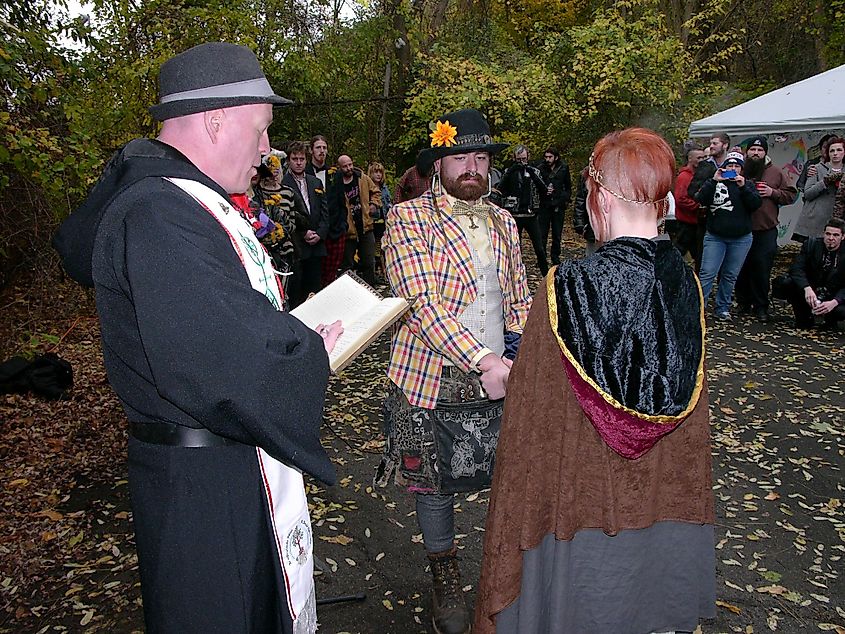
Druid practices - at least as far as they are known - resemble those of modern priests. Their role seemed to involve bridging the gap between civilians and the gods, and forming a connection between the two. But, since druids held positions of priests, teachers, scientists, judges and philosophers, it is limiting to describe them simply as religious figures. Overall, they were respected, powerful members of society. They had powers such as the ability to banish those that broke sacred law, could intervene in times of war or conflict and were exempt from both inscription and taxes. Additionally, and unusually for the time, druid women held the same status as druid men.
Druid Order
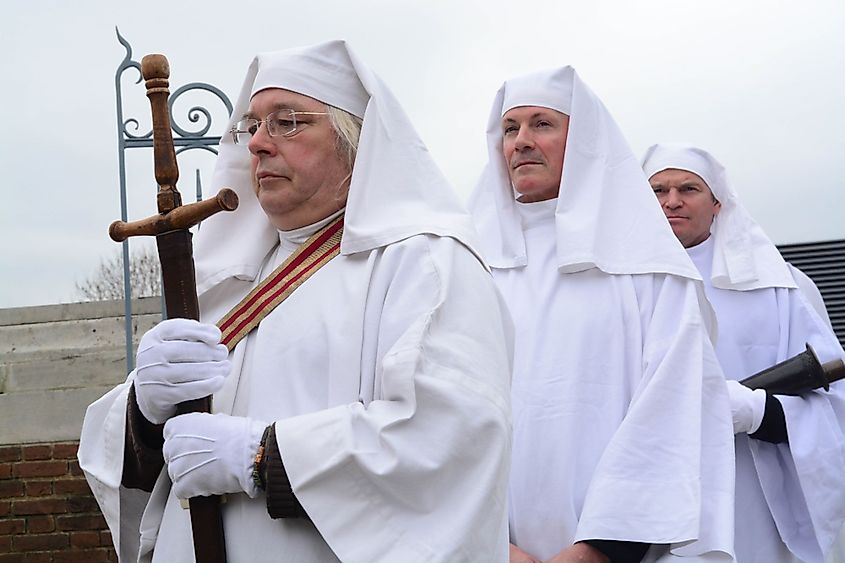
Though women and men were generally considered equal in the druid culture, the practice had a ranking system. Subsections or rankings existed within druidism, which was defined by color-coded robes. The highest level usually consisted of the oldest priests, and they were named the ach-druids. These individuals were designated with golden robes. The next level, considered to be ordinary druids, were much like priests and wore white. There was also a red class, which was known as the sacrificers, and the artistic bards, who wore blue. The lowest class, which traditionally consisted of new members of the druids, or those in training, wore either black or brown robes and performed many chore-like duties. Order and structure were very important to the druids, and their class system was closely linked to the natural cycles on earth. Lunar, solar and seasonal cycles dictated much of their actions and practices, including worship cycles such as the eight major holy days.
Druid Holidays
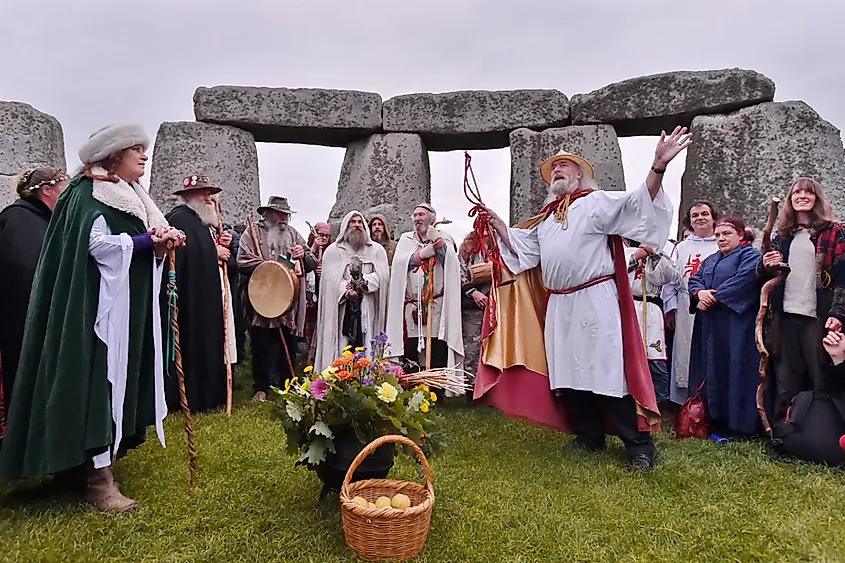
In druidism, the New Year was known as Samhain and was celebrated on October 31 (or Halloween in most modern cultures). This day indicated the last harvest and was connected with themes of spirituality and mysticism. As is often associated with Halloween or the Day of the Day, the living were thought to be the most closely connected to those that had passed away on this day. The winter solstice was known as Yule, much as it is in modern culture today (at New Year). At this time, druids took to sitting on mounds of the earth all night, awaiting the sunrise. This was meant to symbolize a process of being reborn with the new year. Imbolc occurs on February 2 and as a celebration of motherhood. Practices associated with this holiday involved sheep's milk as a gesture of fertility and birth.
Spring equinox was also important and was known as Ostara. This phenomenon took place on April 30, and was a festival celebrating fertility and new life. This celebration also marked the time when the 'Oak King' of Yule times gave way to the 'Holly King' of spring. The first harvest traditionally took place on August 2, and was called Lughnasawas. Similarly, the autumn equinox was known as Mabon. More generally, the druid believed in the cyclical pattern of nature, celebrating the earth's cycles also translating into a belief in reincarnation. This belief was closely connected to what most people think of as karma - a thought that bad (or good) actions from your past lives would return to you in new lives.
Druid Places Of Worship
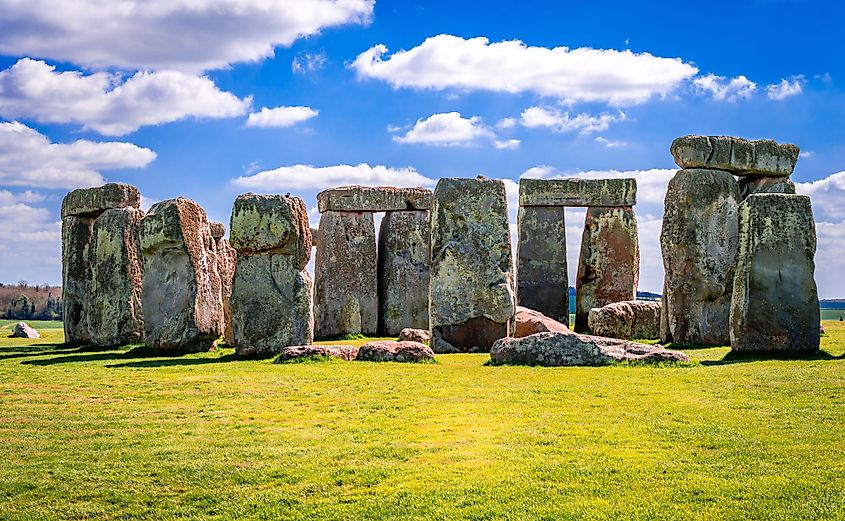
Druids were nature-loving people, and their places of worship tended to be clearings or natural areas in the wilderness. Stone circles were also common, and the most well-known stone circle, Stonehenge, which dates back to 2400 B.C., is thought to have been a popular place of worship for druids.











